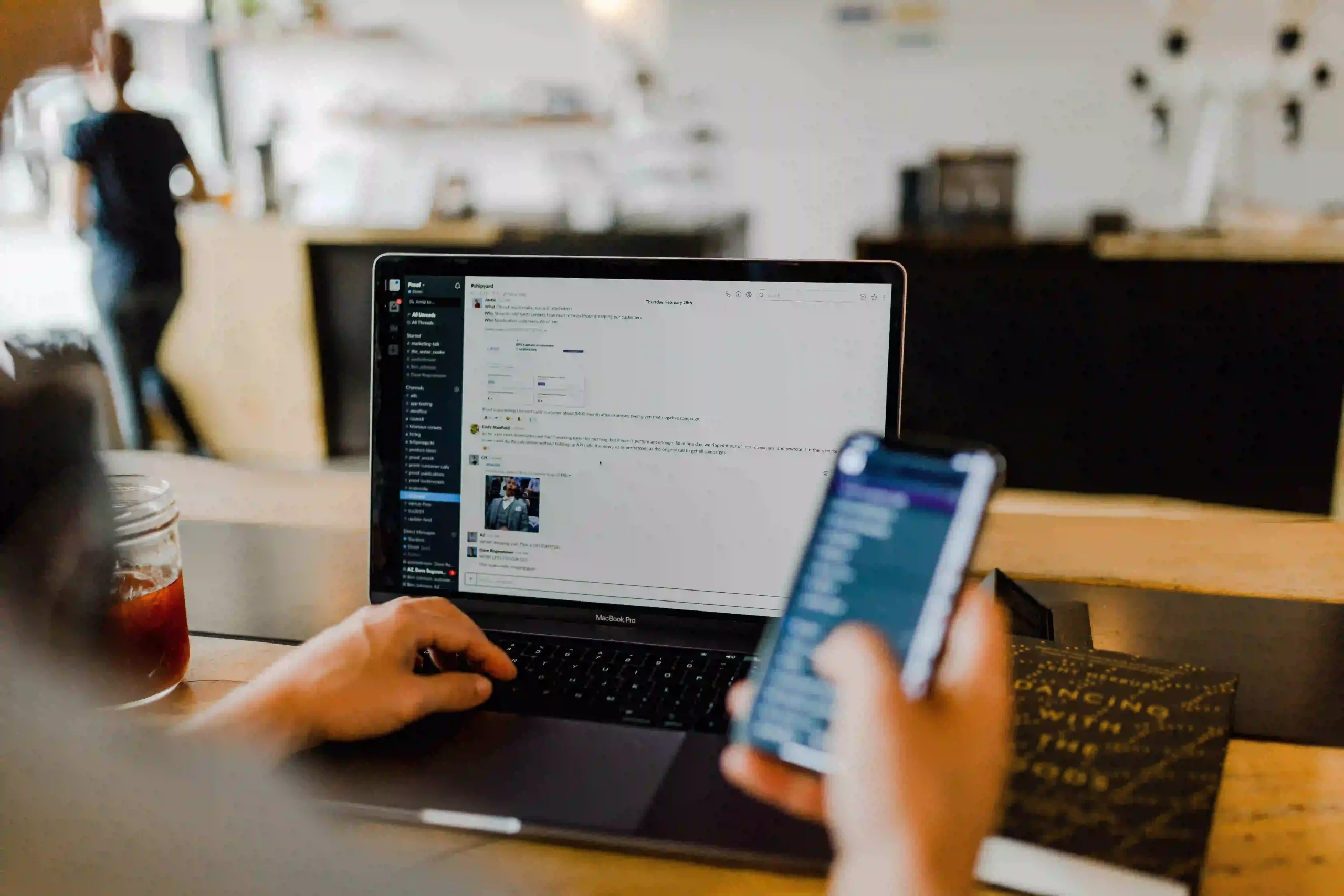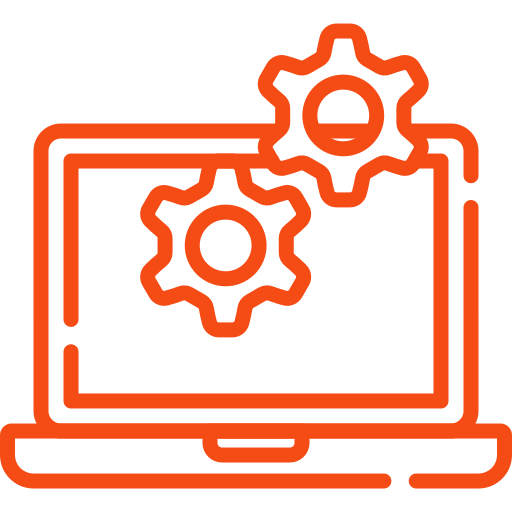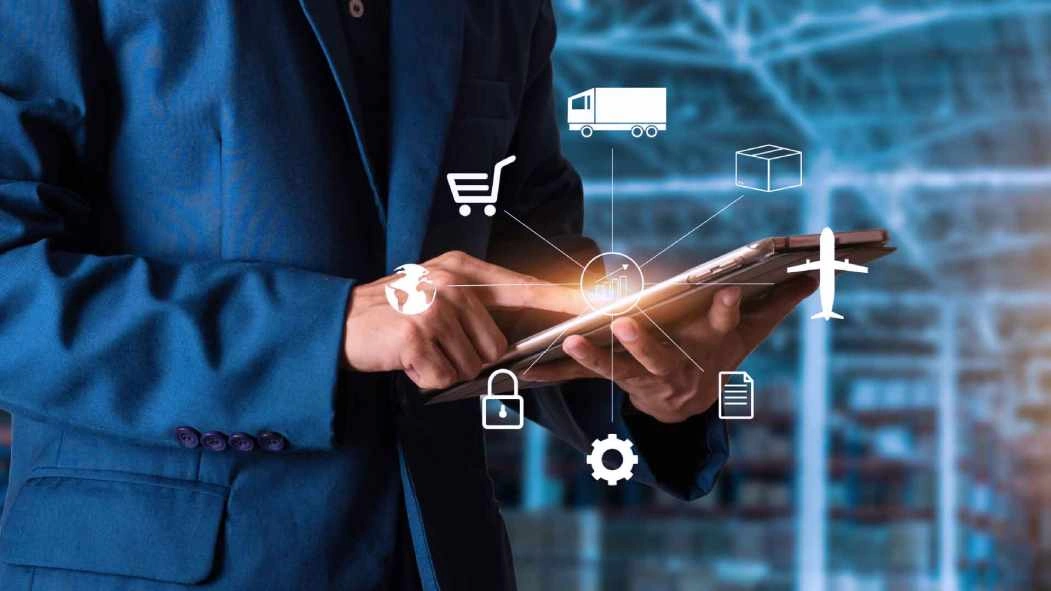Email is a cornerstone of modern business communication, facilitating efficient collaboration. However, the rise in email-based attacks and data breaches poses a threat to organizations. To counter this, professionals must proactively enhance email security measures. A guide to secure email communication is essential for understanding and implementing best practices that can help mitigate cyber threats, ensure regulatory compliance, and boost operational efficiency.
Key Takeaways
- Choose a secure email provider that adheres to industry standards, ensuring data encryption and two-factor authentication to safeguard sensitive information.
- Implement end-to-end encryption, such as PGP, to protect email content from interception and unauthorized access.
- Establish strong passwords, avoid suspicious links and attachments, and minimize the risk of interception to prevent email-based attacks.
- Use digital signatures to verify sender authenticity and ensure the integrity of email communications, maintaining business reputation and trust.
- Develop a comprehensive email security policy that outlines best practices for secure emailing, ensuring all stakeholders are aware of their roles in maintaining email security.
Understanding Email Security Threats
Email security threats are a widespread menace, with cybercriminals continually devising creative tactics to infiltrate even the most seemingly secure email systems, compromising sensitive information and disrupting business operations. Malicious actors employ phishing, ransomware, and social engineering to exploit vulnerabilities, emphasizing the need for a thorough Guide to Secure Email Communication to reduce these risks and guarantee business continuity.
Importance of Secure Email Practices
Implementing secure email practices is crucial in today’s digital environment, as it empowers organizations to safeguard sensitive information, protect their reputation, and maintain regulatory compliance. By adopting a Guide to Secure Email Communication, businesses can guarantee the confidentiality, integrity, and authenticity of their email communications.
- Protect sensitive data: Secure email practices prevent unauthorized access to confidential information.
- Maintain regulatory compliance: Adhere to industry standards and regulations, avoiding legal and financial repercussions.
- Preserve reputation: Prevent email-based attacks that can damage your organization’s reputation.
- Ensure business continuity: Secure email practices minimize downtime and guarantee uninterrupted operations.
Choosing the Right Email Provider
Selecting a reliable email provider is an essential decision in establishing a Guide to Secure Email Communication, as it forms the basis for a secure and effective email infrastructure. When choosing a provider, consider factors such as data encryption, two-factor authentication, and compliance with industry standards like GDPR and HIPAA.
Implementing Encryption and Authentication
To guarantee the confidentiality and integrity of sensitive information, implementing strong encryption and authentication measures is vital in a Guide to Secure Email Communication, as it safeguards against unauthorized access and verifies the authenticity of senders and recipients.
Here are some crucial encryption and authentication measures to consider:
- TLS (Transport Layer Security): Guarantees secure email transmission between mail servers.
- PGP (Pretty Good Privacy): Encrypts email content, ensuring only the intended recipient can access it.
- Digital Signatures: Verify the authenticity of senders and ensure email content has not been tampered with.
- Two-factor authentication: Adds an extra layer of security to prevent unauthorized access to email accounts.
Best Practices for Secure Emailing
To further strengthen the security measures in place, compliance with best practices for secure emailing is vital, as it guarantees that sensitive information is handled and transmitted in a way that minimizes the risk of interception or unauthorized access. Implementing strong passwords, using two-factor authentication, and avoiding suspicious links or attachments are key best practices for a Guide to Secure Email Communication.

Frequently Asked Questions
Can I Use Free Email Providers for Secure Business Communication?
While complimentary email providers may seem convenient, they often lack advanced security features, data encryption, and compliance with industry standards, making them unsuitable for secure business communication and potentially putting sensitive information at risk.
Are Email Encryption and Digital Signatures the Same Thing?
No, email encryption and digital signatures are not the same thing; encryption protects message content, while digital signatures verify sender authenticity and guarantee message integrity, serving as complementary security measures in secure email communication.
How Often Should I Update My Email Password for Maximum Security?
To guarantee maximum security, it is advised to update your email password every 60-90 days, utilizing a unique and complex password, and storing it securely in a reputable password manager.
Can I Use Public Computers or Public Wi-Fi for Secure Emailing?
To uphold email security, avoid accessing confidential email accounts on public computers or public Wi-Fi networks, as they may be compromised by malware or hackers, potentially exposing private information.
Are Email Attachments as Secure as the Email Content Itself?
Email attachments are not inherently secure; they can be intercepted, tampered with, or infected with malware, making them vulnerable to unauthorized access, regardless of the security measures in place to protect the email content itself.
Conclusion
In summary, a holistic approach to secure email communication is vital for businesses to address email-borne threats and guarantee regulatory compliance. By implementing encryption, authentication, and secure email infrastructure, organizations can protect sensitive data and maintain uninterrupted communication channels. This guide provides a framework for professionals to adopt best practices, maximize efficiency, and safeguard their reputation in the digital environment.
You May Also Like:






